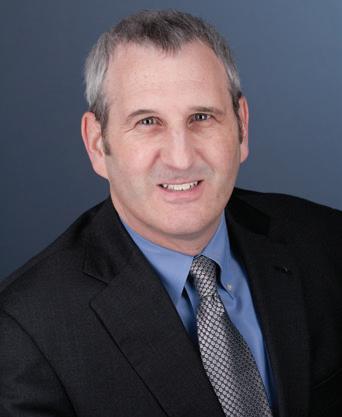4 | FALL 2020
Photo by Cody Howard
few cases in a large urban wastewater system? Can it give an accurate sense of how widespread an outbreak is in the community? “We don’t want false negatives, and we don’t want false positives,” Sturm said. “It’s like looking for a needle in a haystack.” Sturm wanted to emphasize that observing viral RNA in wastewater does not imply that the wastewater is infectious. According to the Centers for Disease Control website, researchers do not know whether this virus can cause disease if a person is exposed to untreated wastewater or sewage systems. There is no evidence to date that this has occurred. KU and KDHE are sharing their results with other researchers nationwide in order to help develop best practices for detecting and fighting the virus. That should benefit the state of Kansas, Sturm and Stiles said. “This is part of a wide initiative across the world,” Sturm said. “Across the U.S. there are a lot of folks like me who are doing this, and we’re talking together. A lot of academics are exchanging knowledge right now, in real time — we usually wait to publish. From a science perspective, it’s really cool to see our scientific infrastructure respond to this crisis.”
Professor Belinda Sturm analyzes a sample from a Kansas wastewater treatment plant to help detect the presence of COVID-19.





















